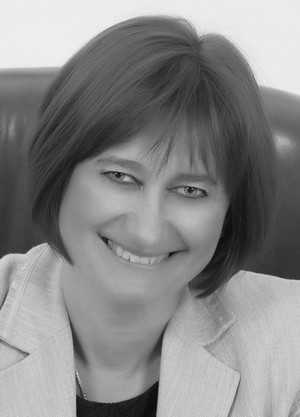Musculoskeletal system disorders in competitive ballroom dancers: correction methods based on elliptic-round triple movements
Фотографии:
ˑ:
Teoriya i praktika fizicheskoy kultury №10 2016, pp. 48-52
UDC 796.01:61
E.R. Yashina1
T.F. Abramova1
T.M. Nikitina1
V.I. Boytsov2
R.V. Malkin1
1All-Russian Research Institute of Physical Culture and Sport, Moscow
2Federal Autonomous Institution of the Ministry of Defence of the Russian Federation the Central sports club of Army, Moscow
e-mail: info@vniifk.ru
Subject to the study were the postural disorders in trunk and pelvis and the relevant correction methods using an IMOOVE ELLIPS-M Training Simulator system in application to 18 competitive ballroom dancers of 16-26 years of age qualified from Class I Athletes to Masters of Sport and having formal competitive track records of 3 to 15 years. The study found a few most typical postural disorders in the subject male dancers, including: moderately expressed scoliotic changes dominated by the left-side thoracic disorders associated with the right-side distortions in pelvis; and moderately flattened lumbar lordosis with sub-normally limited front bending of pelvis. It was further found that the process of the musculoskeletal system disorder prevention and correction by the training simulator is the most efficient when reasonably dominated by elliptical-round triple movements viewed as a basic motor sequence in the controlled motor practices designed to cause a consistent curative effect on the musculoskeletal system.
Keywords: corrective methods, musculoskeletal system, elliptical-round movement of the footplate, high-ranking athletes, competitive ballroom dance.
References
- Abramova T.F. Osobennosti prostranstvennogo polozheniya tulovishcha, taza i stop u vysokokvalifitsirovannykh sportsmenov muzhchin razlichnykh vidov sporta (Features of spatial position of torso, pelvis and feet in elite male athletes in different sports) / T.F. Abramova, T.M. Nikitina, N.I. Kochetkova, V.A. Krasnikov // Vestnik sportivnoy nauki. – 2013. –№ 5. – P. 58-65.
- Abramova T.F. Labil'nye komponenty massy tela – kriterii obshchey fizicheskoy podgotovlennosti i kontrolya tekushchey i dolgovremennoy adaptatsii k trenirovochnym nagruzkam: metod. rekom. (Labile components of body weight - criteria for general physical fitness and control of current and long-term adaptation to training loads: method. recommendations) / T.F. Abramova, T.M. Nikitina, N.I. Kochetkova. – Moscow: Skyprint, 2013. – 132 p.
- Bunak V.V. Antropometriya (Anthropometry) / V.V. Bunak. – Moscow: MGU (MSU), 1941. – 376 p.
- Deryabin V.E. Mnogomernye biometricheskie metody dlya antropologov (Multidimensional biometric methods for anthropologists) / V.E. Deryabin, VINITI Dep. head № 37-V 2001, 10.01.2001. – 313 p.
- Myers Thomas W. Anatomicheskie poezda. Miofastsial'nye meridiany dlya manual'noy i sportivnoy meditsiny (Anatomy Trains. Myofascial Meridians for Manual and Movement Therapists) / Thomas W. Myers. – St. Petersburg: Publisher D.S. Merkulov, 2010. – 273 p.
- Mironova Z. S. Sportivnaya travmatologiya (Sport Traumatology) / Z.S. Mironova, E.M. Morozova. – Moscow: Sportivnye travmy. Klinicheskaya praktika preduprezhdeniya i lecheniya (Sport injuries. Clinical practice of prevention and treatment) / Ed. P.A.F. Kh. Renstrom. – Kiev: Olimpiyskaya literatura, 2003. – 470 p.
- Skvortsov D.V. Klinicheskiy analiz dvizheniy. Stabilometriya (Clinical analysis of movements. Stabilometry) / D.V. Skvortsov. – Moscow: Antidor, 2000. – 192 p.
- Starikov S.M. Fizicheskaya reabilitatsiya v kompleksnom lechenii bol'nykh s dorsopatiyami: monografiya RMAPO (Physical rehabilitation in complex treatment of patients with dorsopathy: monograph RMAPO) / S.M. Starikov, B.A. Polyaev, D.D. Bolotov. – 2nd ed. – Moscow: Krasnaya zvezda, 2012. –154 p.
Received 16.06.2016 г.



 Журнал "THEORY AND PRACTICE
Журнал "THEORY AND PRACTICE